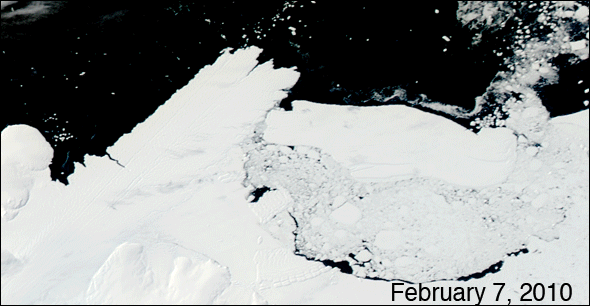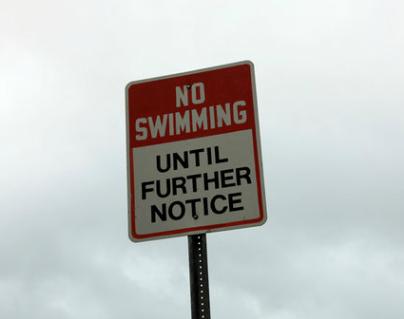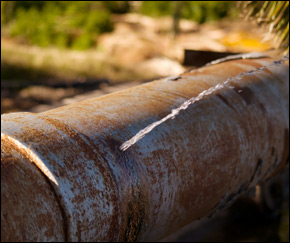Peter Gleick: Crikey! Real Water Conservation and Efficiency in Australia
Regular readers of this blog know my feelings about the potential to improve the efficiency of our water use. Besides being cheaper and more environmentally beneficial than new supply options, efficiency improvements are easier to find. Our work at the Pacific Institute has repeatedly shown that the potential for improving efficiency is vast. Now, my colleague Michael Cohen of the Pacific Institute’s Boulder, Colorado office has pointed out to me a new study from Queensland, Australia. This report highlights once again how far we, in the United States, have to go.
Water Number: 34 gallons per day. This is the level to which per capita residential water use in South East Queensland (SEQ), Australia dropped during 2007 and 2008 in the midst of a historically severe drought. Before the drought, Queensland homeowners were using around 70 gallons per person per day. For comparison, the average Californian uses around 135 gallons per person per day in their homes. SEQ includes the city of Brisbane and is home to about 14% of Australia’s total population.
Our previous work suggested it was possible to reduce residential (as well as overall urban) water use by a third: this would drop daily Californian use from 135 gallons per person to around 90 — still 20 gallons per day more than each Queenslanders used before the drought.
So how did they do it? While they developed conservation programs for all water users, part of their efficiency efforts focused on high water users. In 2004-05, over 204,000 households in South East Queensland used more than 800 liters of water per day (around 210 gallons per household — not per person, but per day). While this amount of water use is already far below what the typical three-or-four-person household in the U.S. uses, water service providers developed special programs to work with these households and helped them take action to reduce water consumption. By June 2008, the number still using more than 800 liters had been reduced to around 53,300 households — almost a 74% reduction.
These reductions include both permanent improvements in efficiency and temporary conservation efforts involving changing behavior and cutting back on some water uses (like lawns and car washing). But the reductions achieved greatly exceed what the Pacific Institute recommended as easily achievable with current technologies like low-flow toilets, showerheads, and efficient washing machines.
Moreover, the drought has partially lifted in this part of Australia, and the water agencies have eased some of the restrictions. So what’s happened? Water use has gone up, but only to 43 gallons per person per day — still far, far below their pre-drought levels. This indicates that the drastic improvements in water-use efficiency appears to have caught on — that many Australians have found a way to continue with their lives while using less water.
The Institute’s study on urban water use efficiency, Waste Not, Want Not, published in 2003, showed that water use in our residential, commercial, institutional, and industrial sectors could drop more than 30%, cost effectively, with existing technology. Some urban agencies reacted as though we were proposing something impossible, or draconian. Others asked why we were picking on the cities, when agriculture used so much more water.
Our more recent studies on agricultural efficiency potential (More with Less and Sustaining California Agriculture in an Uncertain Future) also identified a vast amount of water that could be saved — on the order of 17% of current use, with very conservative assumptions. Some irrigation districts, and especially agricultural lobbyists, reacted as though we were, yes, proposing something impossible, or draconian. Others asked why we were picking on farmers, when the cities were obviously so wasteful. And the State of California water “plan” still fails to incorporate this potential in their report.
Other studies at the Institute, focused on the potential in specific regions or cities like Las Vegas, Atlanta, and others have regularly found similar substantial, untapped potential.
Seeing the numbers achieved in Australia — 43 gallons vs. California’s 135, it’s hard to feel much sympathy for those who argue we’ve done all we can do to save water. Some households and farms have made great progress — no doubt many readers of this blog. Thank you for your efforts. But as a society, we still have a long way to go to really improve the way we use our water.
Peter Gleick
Dr. Gleick’s blog posts are provided in cooperation with the SFGate. Previous posts can be found here.








